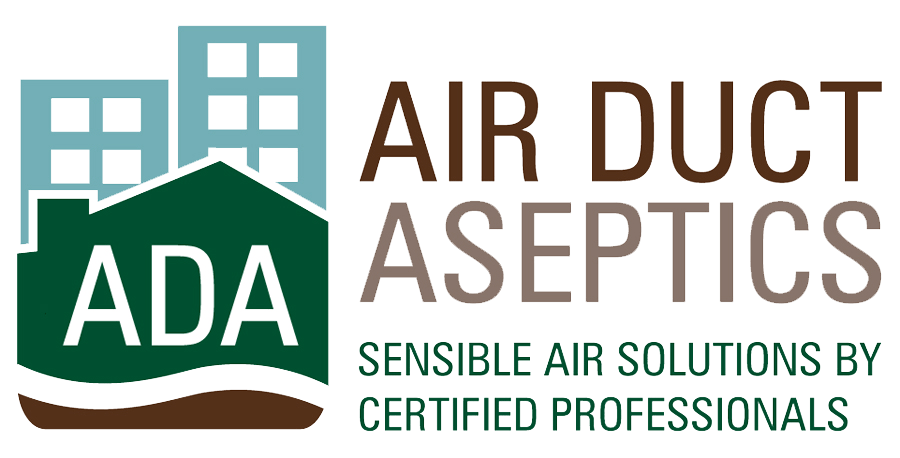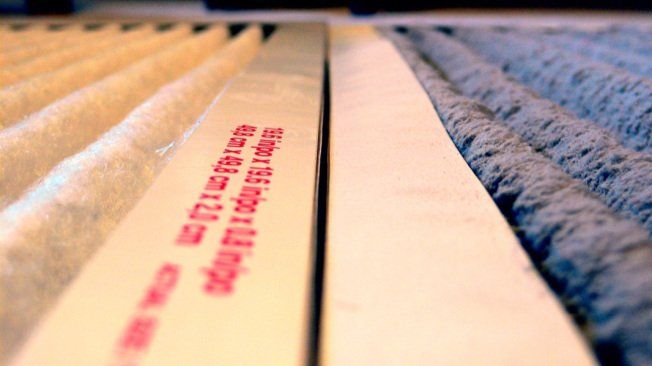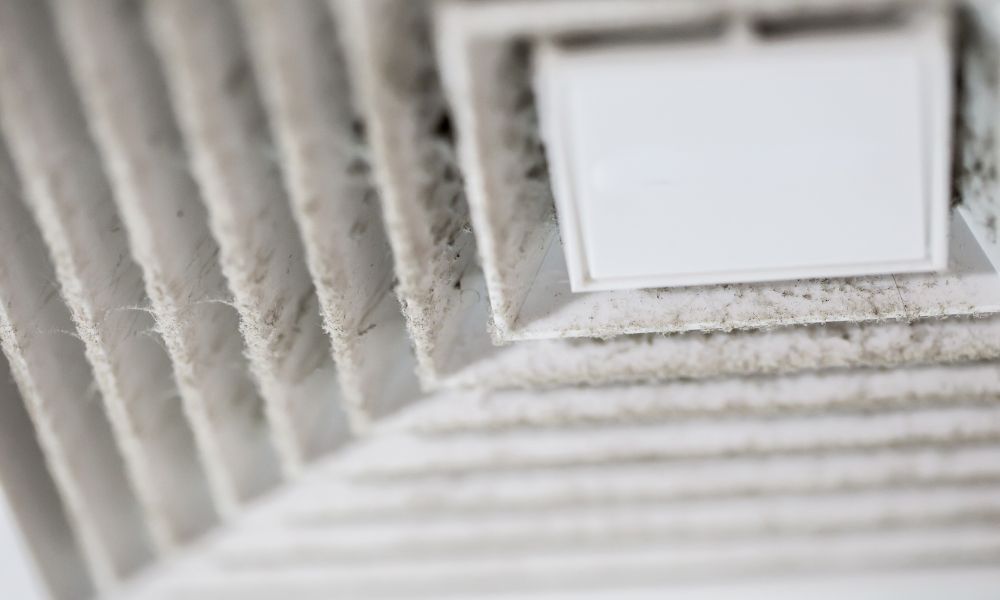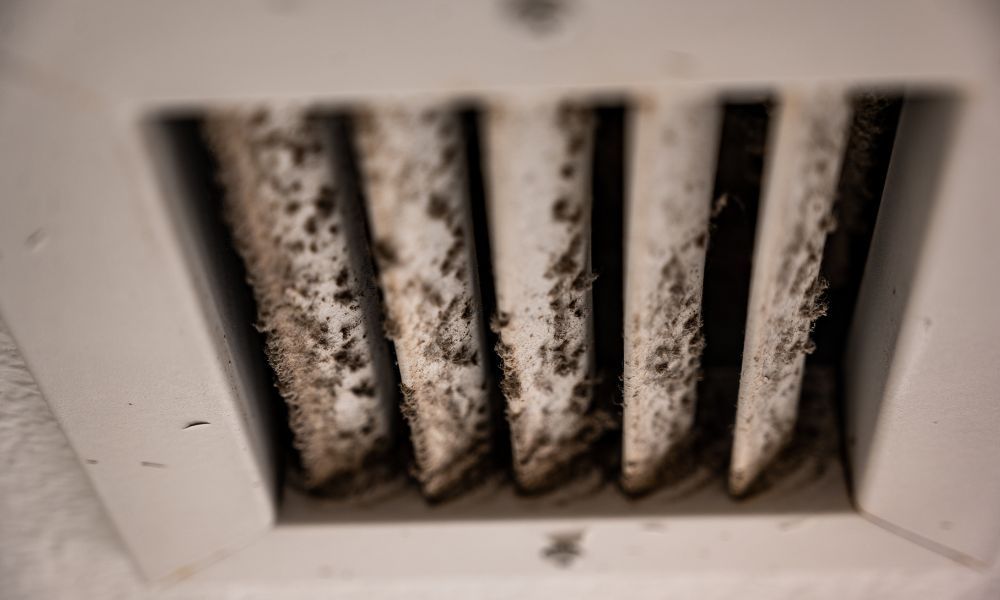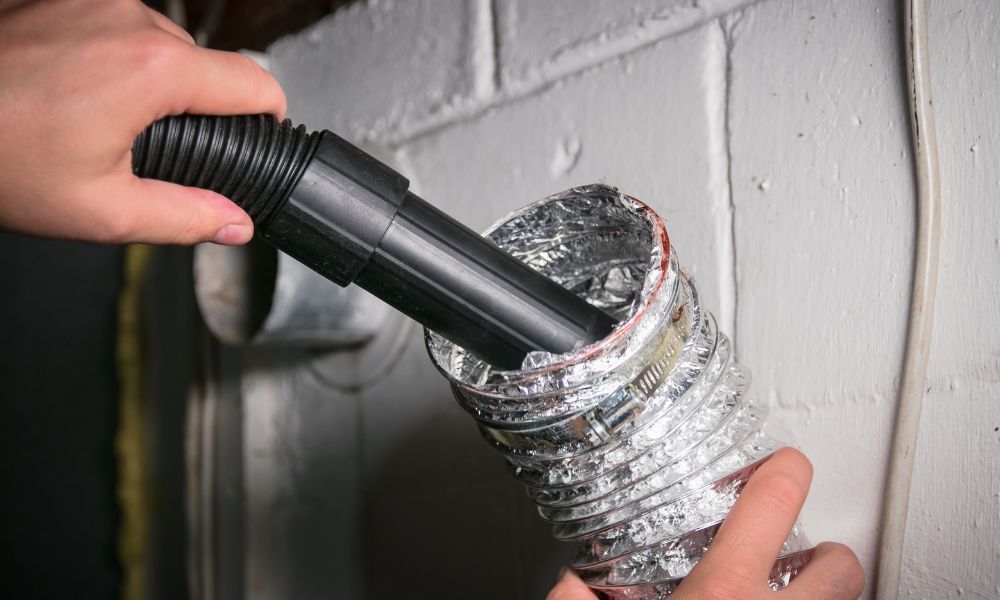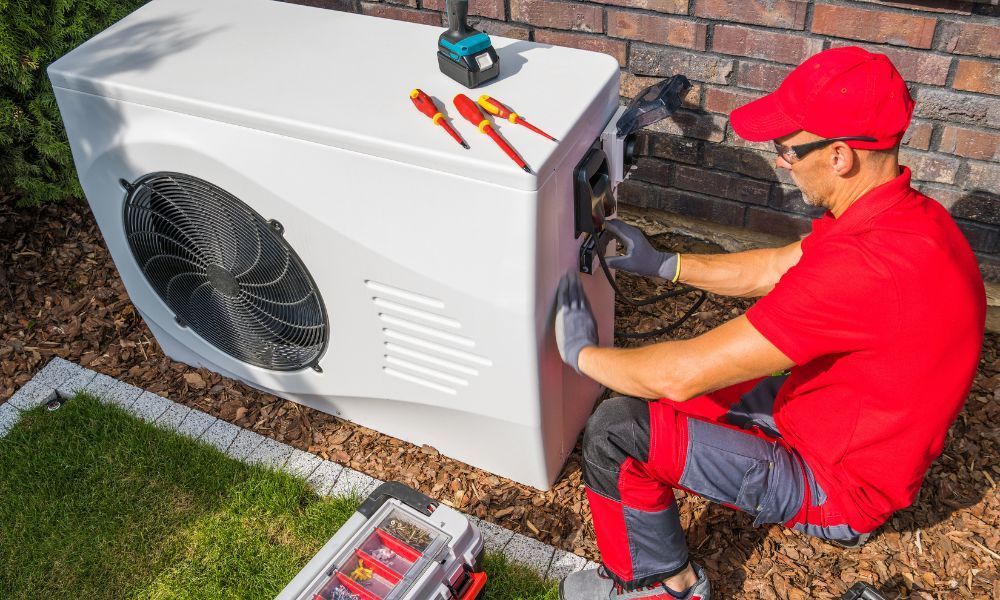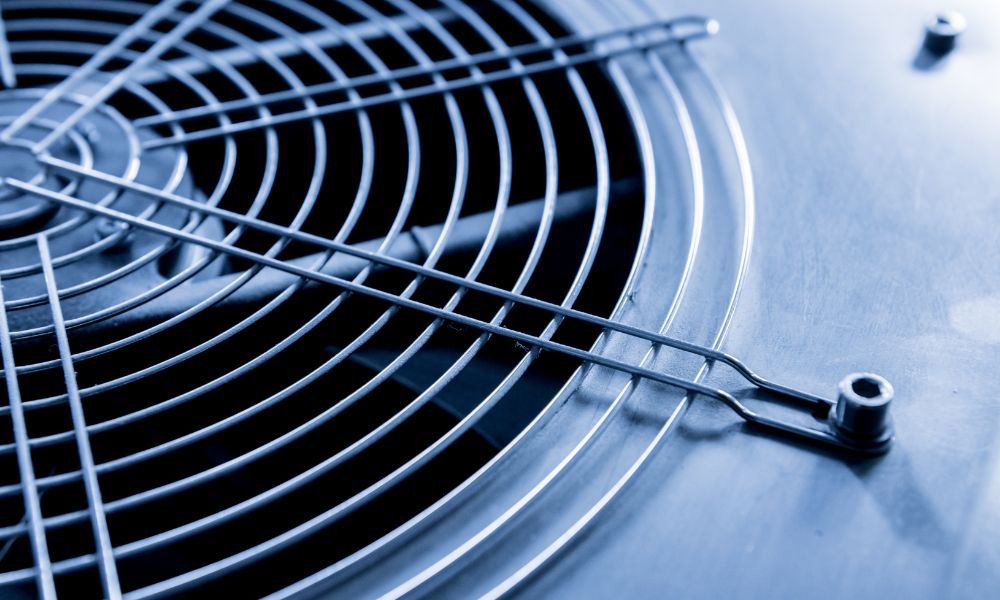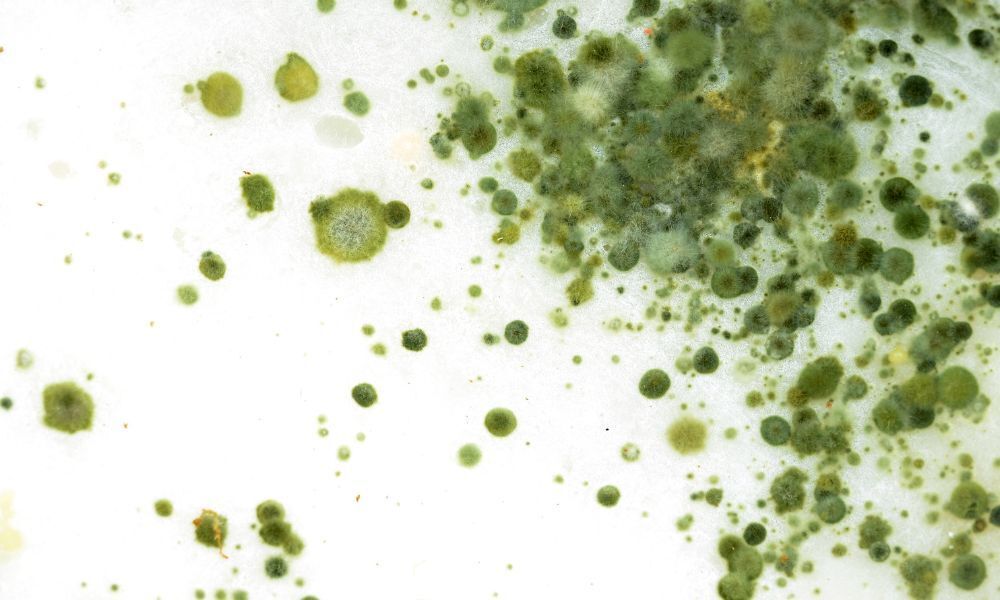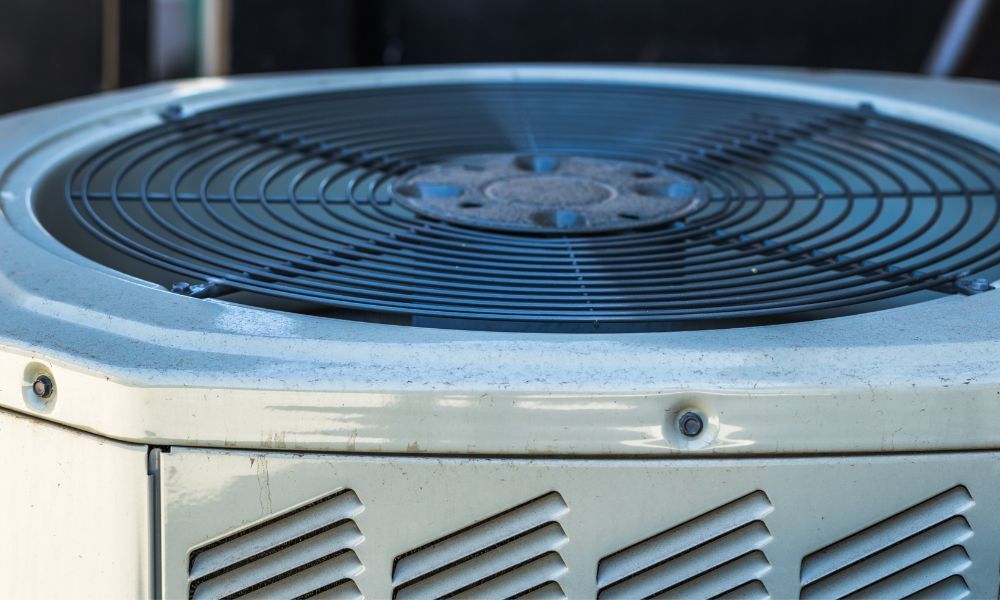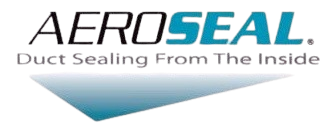This is the Cheapest Way to Improve Your Indoor Air Quality in Minutes
Admin • July 24, 2015
Your first step to improving your indoor air quality is quick, inexpensive, and will provide immediate results.
Hold your current air filter up to the light. If you can see through it, then small airborne particles are going to go straight through it too. Those small particles can get into your lungs.
Replace the air filter with a new higher efficiency air filter. You cannot see through high efficiency filters, and those small, aggravating particles cannot get through either. Although a new air filter will not clean existing dirty ducts, replacing an air filter with a higher efficiency filter will start to reduce airborne contaminants, providing you with a cleaner air flow. Once your equipment has been professionally cleaned, your new filter will help keep your air conditioning equipment clean which will also help with your energy bill.
It’s important to note that all air conditioning filters must properly fit your air conditioning unit. If not properly fitted and installed, air always takes the path of least resistance which means that some of your air will not go through the filter and you will not see a reduction in your airborne particles.
Most air conditioning equipment should have the capacity to handle the additional air restriction which will occur when you use a higher efficiency filter. Do not use cheesecloth or other very restrictive methods to try to control dust within the air conditioning system as this can damage the equipment.
Call us at Air Duct Aseptics to discuss your filter requirements toll free 888-707-7763
or visit us online at www.ADAflorida.com

Humidistat vs. Thermostat: Why Both Matter in Florida Homes When you think about staying comfortable indoors, the first device that comes to mind is usually the thermostat . After all, Florida’s hot climate makes air conditioning essential for daily life. But temperature is only half the battle. Florida’s humidity levels, often hovering between 60–90% outdoors, can sneak inside your home and affect your comfort, your health, and even your house itself. That’s where a humidistat comes in. Understanding the difference between a thermostat and a humidistat can help you manage Florida’s unique climate more effectively. What a Thermostat Does in Florida A thermostat controls your air conditioning and heating system, keeping your home at a comfortable temperature. Primary Purpose: Prevents your home from feeling too hot or cold. In Florida: Most homeowners rely on thermostats almost exclusively for cooling. AC systems run heavily during long, hot summers. Limitations: While AC systems remove some humidity as a byproduct of cooling, they aren’t designed to control moisture levels directly. On especially humid days, your home may feel sticky even if the temperature is set to 72°F. What a Humidistat Does in Florida A humidistat measures and regulates indoor humidity levels, usually in conjunction with a humidifier, dehumidifier, or integrated HVAC system. Primary Purpose: Keeps humidity in a healthy range, typically between 40–60% indoors. In Florida: High humidity is a year-round issue. Without a humidistat, excess moisture can lead to: Mold and mildew growth Musty odors Warped wood floors or furniture Increased allergy and asthma symptoms Bonus: A humidistat can prevent your AC from running unnecessarily when the real problem is humidity, not temperature—saving energy and money. If you'd like to discuss further, please call us 888-707-7763 Thanks, Petrina
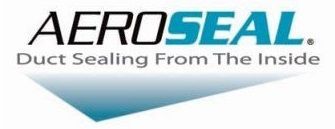
Until the development of the Aeroseal duct sealing technology, there was no efficient or notable effective method of sealing remote leaks in HVAC ducts. In the past, we have crawled attics feeling and looking for leakage, but only if it was accessible. Aeroseal changed all that! We can now seal ductwork from the inside-out! With documentable results! Signs of duct leakage can include particularly hot or cold rooms, dark lines on the edges of carpets, temperature changes between floors, uncomfortable rooms due to different humidity levels, dirt streaks from supply diffusers or severe allergies when inside. Residential duct leakage is prevalent and a significant source of HVAC energy waste across the country. Aeroseal can help lower energy bills (on average, a homeowner can save between $300-$1000 or 5% to 30%) Aeroseal can reduce temperature variations between rooms and floors, reduce humidity in rooms and fix hot or cold rooms issues. Aeroseal can help improve indoor air quality by reducing pollutants, allergens and dust entering the air stream from wall cavities or attics. Call us today at (888) 707-7763 to find out how investing in your home by sealing ductwork leaks can return in energy savings and give you increased comfort in your home.



